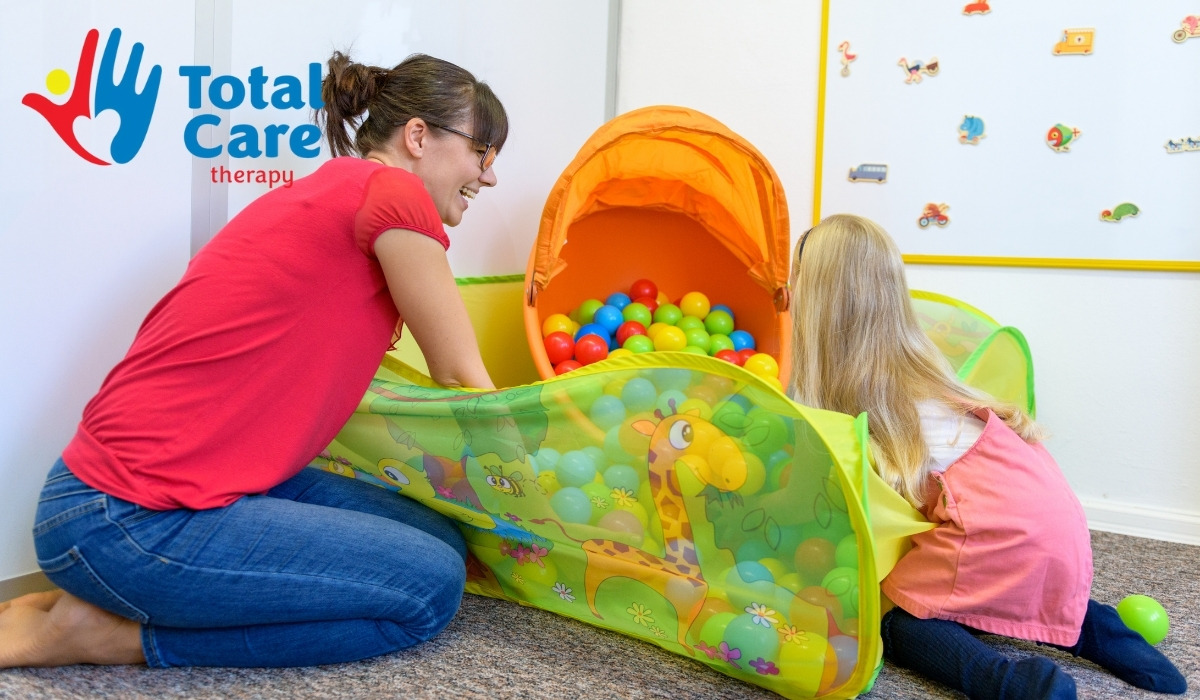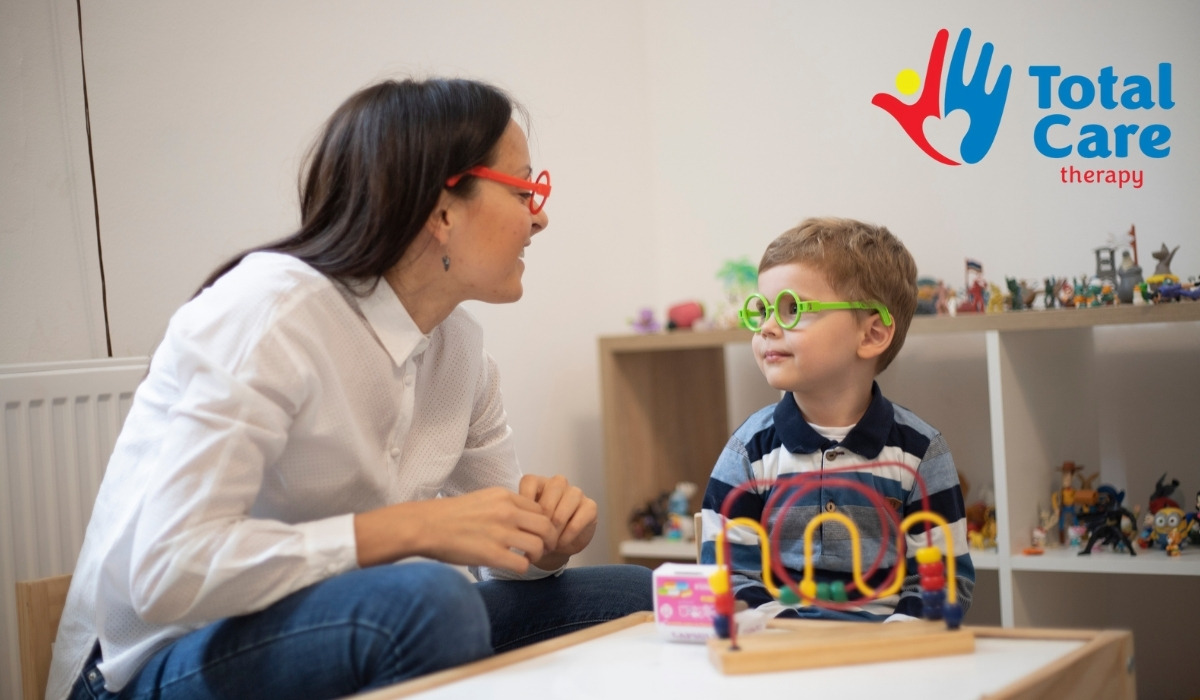Joint Attention in Autism: The Role of Imitation and Mirroring
Joint attention in autism often begins with imitation—explore how mirroring behaviors can support engagement, bonding, and social skill growth.
Joint Attention in Autism: The Role of Imitation and Mirroring
Key Points:
- Joint attention in autism is often delayed or underdeveloped, impacting social learning and connection.
- Imitation and mirroring are key tools in fostering joint attention and building social engagement.
- ABA therapy can support children in developing joint attention through structured, evidence-based strategies.
When a child points at a bird in the sky and looks at you to see if you noticed too—that's joint attention. It’s one of the earliest ways we learn how to connect with others. But for many children on the autism spectrum, this shared social focus doesn’t come easily. Joint attention in autism is often delayed or missing, and without it, learning through social experiences becomes challenging.
This article takes a deep dive into what joint attention really is, how imitation and mirroring come into play, and how therapy—especially Applied Behavior Analysis (ABA)—can offer targeted support.
What is Joint Attention and Why Does It Matter?
Joint attention is the ability to share a focus on something—an object, an event, or a person—with someone else. It usually involves two key behaviors:
- Gaze following or directing someone’s attention with eye contact, gestures, or vocal cues
- Acknowledging that the other person is also paying attention
This skill typically emerges in infancy and is considered a building block for language, play, and learning. But for children with autism, joint attention may not develop naturally. They might not show interest or look back and forth between a toy and a parent.
Without joint attention, it becomes harder to understand others’ emotions, intentions, or shared experiences. It's not just about paying attention to the same thing—it’s about knowing that someone else is paying attention with you. That difference is subtle, but powerful.
How Autism Affects Joint Attention
Children on the spectrum may show strong interests in objects but have difficulty drawing others into their focus or noticing shared attention cues from others. This disconnect makes early learning experiences—like naming objects, reading expressions, or engaging in pretend play—less accessible.
Common signs of impaired joint attention in autism include:
- Rarely pointing to share interest
- Lack of response to name being called
- Limited eye contact during social interaction
- Difficulty following another person’s gaze
This is where structured support becomes essential. These skills don’t emerge by themselves—they must be taught, repeated, and reinforced.

The Role of Imitation in Building Social Understanding
Imitation is one of the earliest forms of learning. Infants learn to smile, babble, and gesture by copying what they see and hear from their caregivers. For autistic children, imitation doesn’t always come naturally—but it’s critical for developing joint attention.
Through imitation, a child learns:
- Cause and effect (“When I clap, Mom claps too”)
- Turn-taking (“You do something, then I do it”)
- Social reciprocity (the back-and-forth nature of communication)
Imitation teaches more than just behaviors—it builds connection. And once that connection is there, joint attention can start to grow.
Mirroring: A Bridge to Connection
Mirroring goes hand-in-hand with imitation, but it’s more focused on emotional resonance. It involves copying another person’s behavior or expression in real time, creating a sense of being “seen” and understood.
For a child with autism, mirroring can be a game-changer. When a caregiver mirrors a child’s gestures, sounds, or movements, it:
- Validates the child’s actions
- Encourages further interaction
- Builds trust and emotional safety
This emotional attunement is often where joint attention begins. A mirrored response tells the child, “I’m here with you, I see what you’re doing, and I’m interested too.” That interest, over time, opens the door for shared focus.
6 Practical Ways to Foster Joint Attention Through Imitation and Mirroring
Parents and caregivers can encourage joint attention in everyday routines by using simple strategies that involve imitation and mirroring. Here’s how:
1. Follow the Child’s Lead
Notice what your child is already focused on—whether it’s spinning a lid, lining up toys, or flapping hands. Enter their world by copying what they’re doing in a calm, gentle way.
2. Add Variation
After imitating your child’s action, add something new. If they’re banging a block, you can bang your own block and then stack it. This gives them a reason to look at you and consider your actions.

3. Use Exaggerated Facial Expressions and Tone
Animated voices, smiles, and widened eyes can grab a child’s attention and hold it long enough to create a moment of joint focus.
4. Incorporate Preferred Objects
Use toys or items your child already loves. Roll a ball back and forth, push cars together, or blow bubbles and pause—waiting for them to look at you or reach out for more.
5. Create Structured Routines
Rituals like tickle games, peek-a-boo, or songs with gestures create predictable patterns that make it easier for a child to participate and anticipate social turns.
6. Reinforce Attempts at Shared Attention
Whenever your child looks at you after pointing or vocalizing, respond enthusiastically. This shows them that their attempt to communicate worked.
These techniques might seem simple, but they target the foundation of joint attention in autism and can make a real difference over time.
How ABA Therapy Helps with Joint Attention in Autism
Applied Behavior Analysis (ABA) therapy breaks down complex skills like joint attention into manageable steps, using reinforcement and structured teaching methods.
In ABA, joint attention goals might include:
- Teaching a child to look where someone is pointing
- Encouraging the child to share objects or show items to others
- Reinforcing eye contact and gestures during play
Therapists often use:
- Discrete Trial Training (DTT): Highly structured sessions that teach one skill at a time, like making eye contact or pointing
- Natural Environment Teaching (NET): Using the child’s real-life environment and interests to build social interactions
- Prompting and fading: Offering support to help a child succeed, then gradually removing the help as they gain independence
The goal isn’t to force social interaction—it’s to help a child experience the reward of it. Through repeated success, children begin to seek out shared moments more often on their own.
When Should Parents Be Concerned?
Some delays in joint attention may be subtle in the early months of life, so knowing when to take action is important. Here are signs that may warrant further assessment:
- By 12 months: Not following someone’s point or gaze
- By 15 months: Rarely pointing to show interest
- By 18 months: Lack of response to name or minimal interest in people
Early intervention is crucial. Joint attention isn’t just a social nicety—it’s foundational for everything from learning words to navigating friendships.
Summary: Joint Attention is a Skill That Can Be Taught
Joint attention in autism doesn’t have to remain a roadblock. With the right approach—especially through imitation and mirroring—it can be nurtured step by step. And while these strategies can be practiced at home, many families find that ABA therapy provides the structure and consistency needed for meaningful progress.
At Total Care ABA, we specialize in helping children build vital social and communication skills through individualized ABA therapy programs. Whether your child is just beginning to show signs of autism or already has a diagnosis, we’re here to support their growth with strategies grounded in science and compassion.
If you’re looking for ABA therapy in Utah, Maine, Georgia, Indiana, North Carolina, Arizona, Tennessee, or New Mexico, reach out to us. We’re committed to helping families unlock potential—one shared moment at a time.








